Interview
Interview4. Industry-Academia Collaboration and Co-Creation with Partner Companies. Fuji Electric Now Aiming for Carbon Neutrality.
Source: Nikkan Kogyo Shimbun Online
From September 26, 2022 to October 9, 2022
Fuji Electric is involved in decarbonizing the entire supply chain, from the energy supply side, with things such as power generation facilities using renewable energy and other resources, power distribution equipment, and energy management systems (EMS), to the demand side, with things such as transformers, motors, and power semiconductors used in factories, automobiles, and railways. In the research and development of decarbonization-related products and technologies that will be important in achieving carbon neutrality by 2050, the company is working on the practical application of new technologies such as CO2 separation and recovery technology through open innovation with universities and companies, in addition to improving power electronics technology, which is one of the company's strengths.
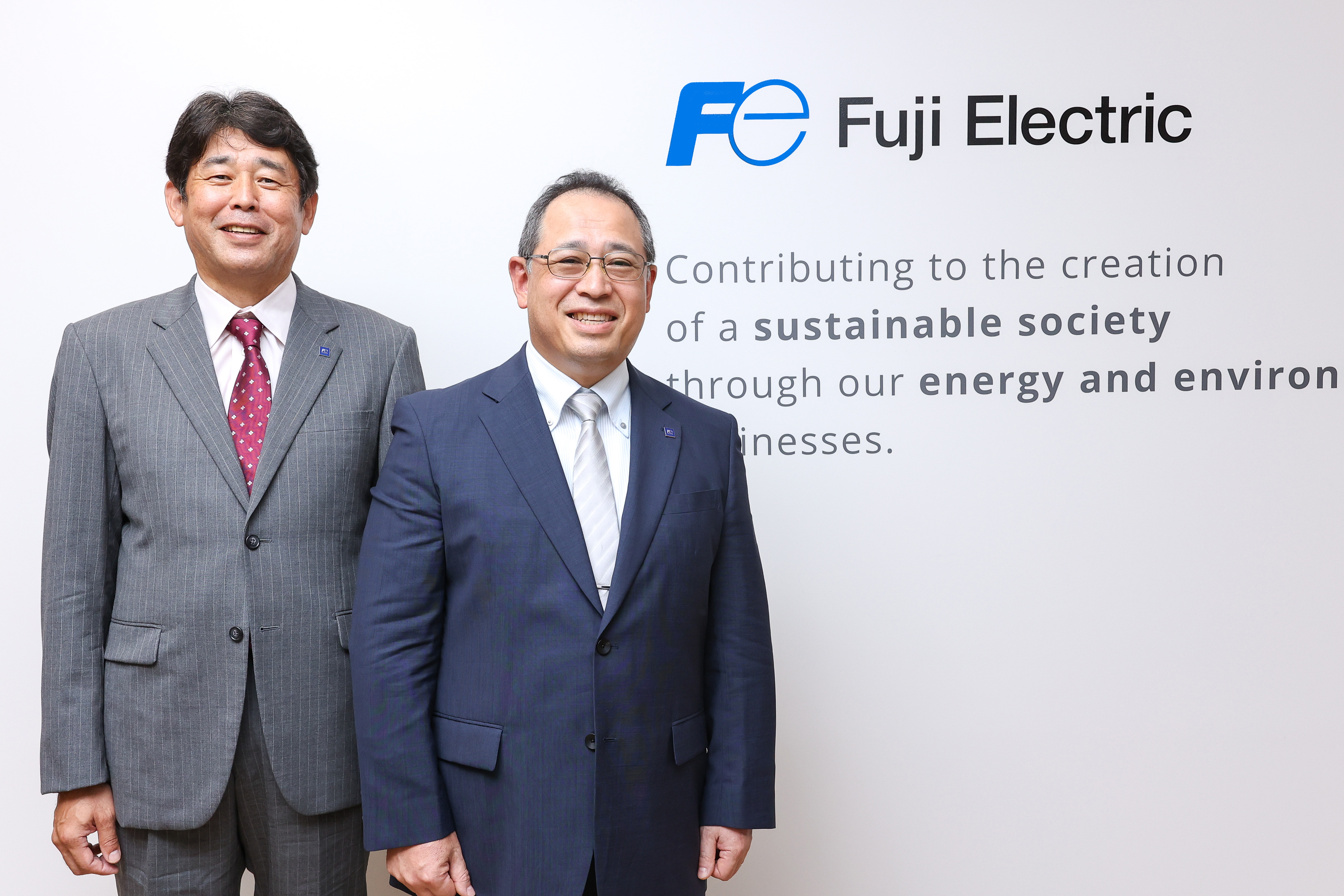
-
*
-
We wore masks except when filming, and took measures to protect ourselves from COVID-19.
Accelerate decarbonization
Fuji Electric's research and development in the field of decarbonization has changed dramatically since October 2020, when the Japanese Government set a goal of achieving carbon neutrality by 2050. Just as Western companies such as the global IT giant GAFA have announced that they will only adopt carbon-neutral energy and products, Fuji Electric's customers are beginning to do the same. Kentaro Toyama, General Manager, New Products Development Office, Corporate R&D Headquarters, explains the situation: "Customers are moving very quickly to become carbon neutral, and in some cases the timing of product launches is about three years earlier than originally planned."
In the past, most of what customers demanded of eco-friendly products was energy-saving performance. In contrast, now "decarbonization in different forms is being demanded in various industries and business categories," according to General Manager Toyama. For example, there are requests to switch from sulfur hexafluoride (SF6) gas, which has high global warming potential, to dry air as an insulating medium in switchgear for substations (GIS), and requests to separate and recover CO2 in combination with scrubbers that remove sulfur oxides (SOX) from ship exhaust gas. The needs for decarbonization are emerging in a variety of industries and business categories, and the products and technologies required are also expanding.
Organizational structure for "co-creation" of decarbonization-related technologies
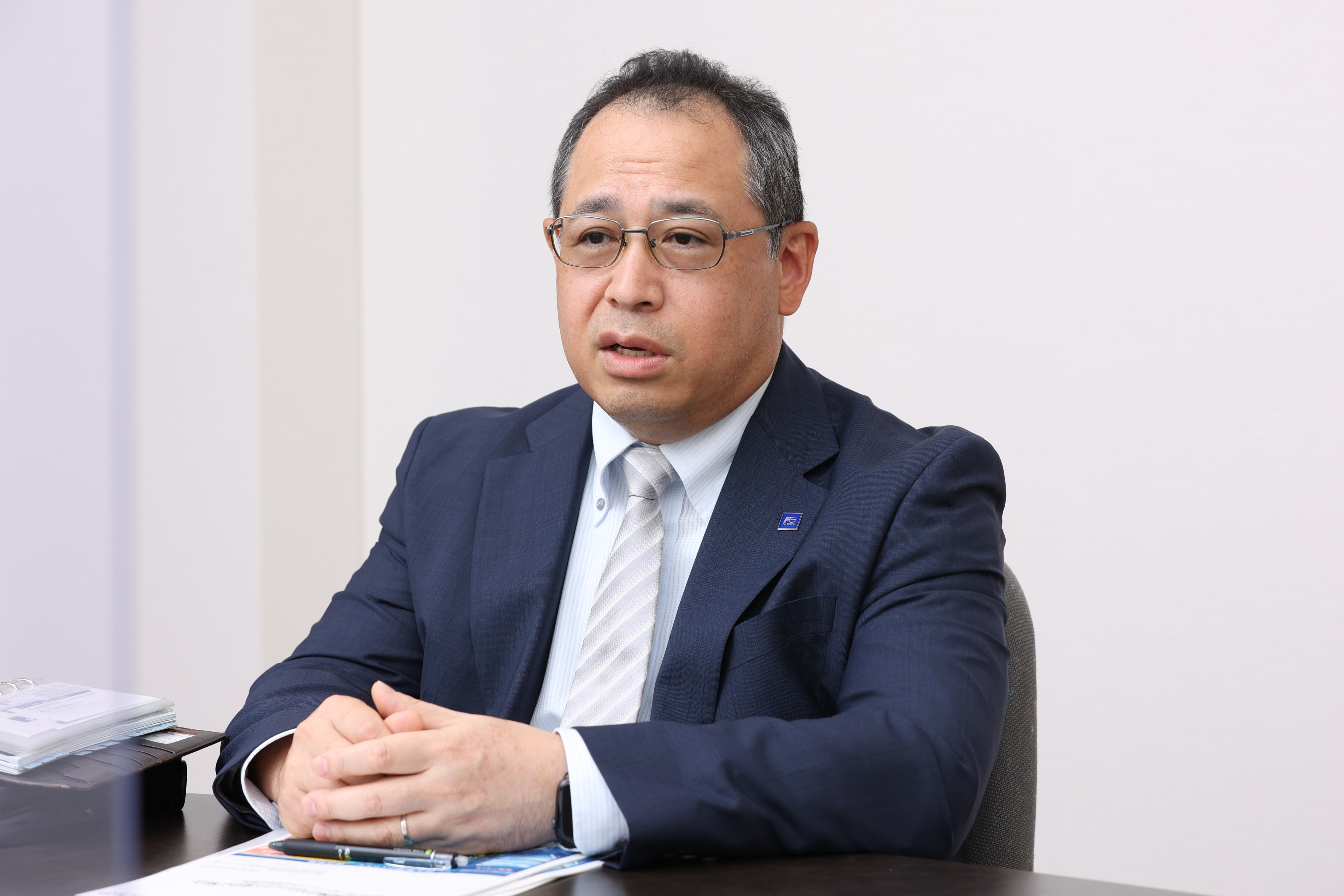
General Manager, New Products Development Office, Corporate R&D Headquarters
Looking at the speed of the market changes and the expansion of customers and their needs, "it is no longer realistic for a single company to pursue the development of decarbonization-related technologies on its own" (General Manager Toyama). For this reason, the company has made its policy of "co-creation" through collaboration with universities, research institutes, and partner companies in research and development clear. It is difficult to achieve carbon neutrality with a single product alone; it must be realized as a total system. It is necessary to strategically search for and acquire the missing commercial materials and technologies.
In this regard, Fuji Electric launched a new organization for open innovation in 2017 and has been developing its activities. The company has also been more active in the rotation of human resources, where people involved in the development of products and technologies in the R&D department are transferred to business divisions and also involved in the launch of new businesses. The New Products Development Office is working with the management and the business and sales divisions to examine how to proceed with technological development and external collaboration, and it also plays a role in developing related commercial products for each business in cooperation with the Carbon Neutral Promotion Department, which was newly established in April 2022.
Establishment of scenario of decarbonized society through open innovation with Kyushu University
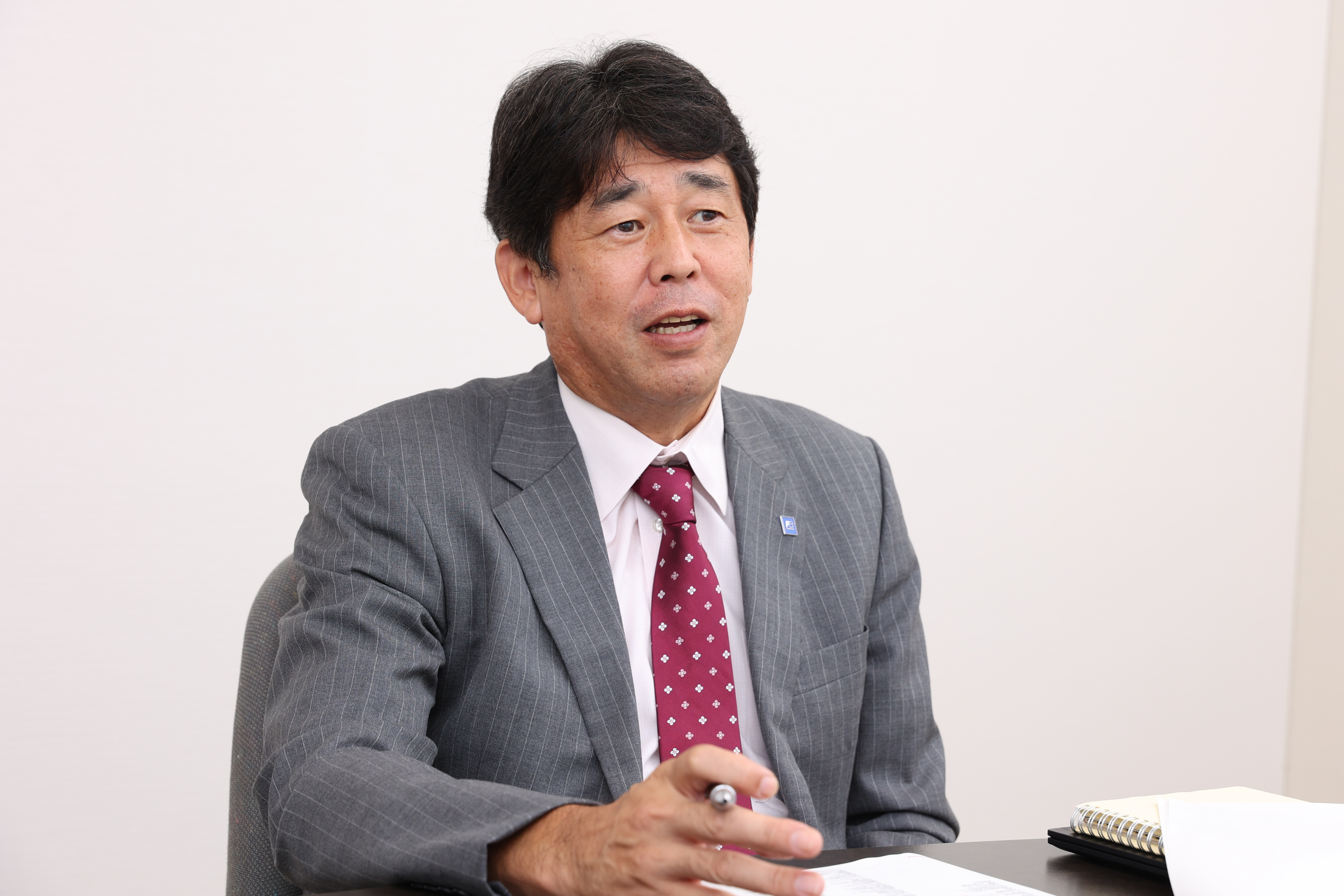
Senior Chief Expert, Technological Marketing Dept, New Products Development Office, Corporate R&D Headquarters
One of Fuji Electric's open innovation activities is joint research with Kyushu University, with which the company has held a comprehensive collaboration agreement since 2010. "We have had a total of 67 collaborative projects, and we have conducted joint research on silicon carbide (SiC), a power semiconductor material, in a wide range of areas from materials to circuit configurations," said Shusuke Saito, Senior Chief Expert, Technological Marketing Department of the New Product Development Office. The company has produced products and technologies that are driving the growth of the power semiconductor business.
For the carbon neutral technologies, the company has been working with the International Institute for Carbon-Neutral Energy Research (I2CNER, pronounced as "Eisner") at Kyushu University to develop scenarios for the market and technology trends of carbon dioxide capture, utilization and storage (CCUS). When will CCUS technology be introduced to thermal power generation? On what scale will it start? Who will be the first customers? What is the financing environment for commercialization? This is an effort to analyze these scenarios, narrow down the necessary elemental technologies, and link them to joint research. "This was Fuji Electric's first attempt to create a decarbonized society, a value system that has never been experienced before, incorporating not only technological but also economic perspectives," said Toyama.
"Membrane Separation System," a technology for CO2 separation and recovery
CO2 separation and recovery technology is one of the key technologies that the company is working on in collaboration with Kyushu University and it is expected to make a significant contribution to decarbonization. The target of Fuji Electric's joint research is small-scale CO2 separation and recovery technology that can be applied to power generation systems with an output of around 10 megawatts, cogeneration systems, ship engines, as opposed to the chemical absorption method (amine method) being promoted by heavy industry manufacturers and others for large-scale power plants. It is called a "membrane separation system" because it uses organic membranes. Fuji Electric is also conducting in-house research on the development of adsorbent materials and pretreatment technology to remove particulate material (PM) and other inclusions before CO2 separation, and is aiming for practical application of the membrane separation system by combining the research results with those of Kyushu University.
The company is already in the process of exchanging information with ship-related customers on the processing capacity of equipment to be installed on ships, and plans to build a ground demonstration facility by the end of 2023 with a view to commercialization for use on ships. The life cycle of the system, including pre-treatment methods and equipment maintenance, will be verified according to the type of fuel. The company intends to put the membrane separation system to practical use for ships around 2025, followed by the development of membrane separation systems for cogeneration systems in factories and biomass power generation facilities. The Japanese government has set a target of capturing 30% of the global separation and recovery market by 2050, and Fuji Electric aims to capture one-fifth of that share.
Contributing to SDGs

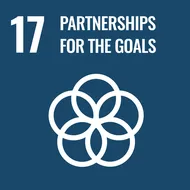
Fuji Electric’s solution achieves “Stoppage Free Equipment” and contributes to the resilience of industrial and social infrastructure through responding customer’s various problems.
Recommended
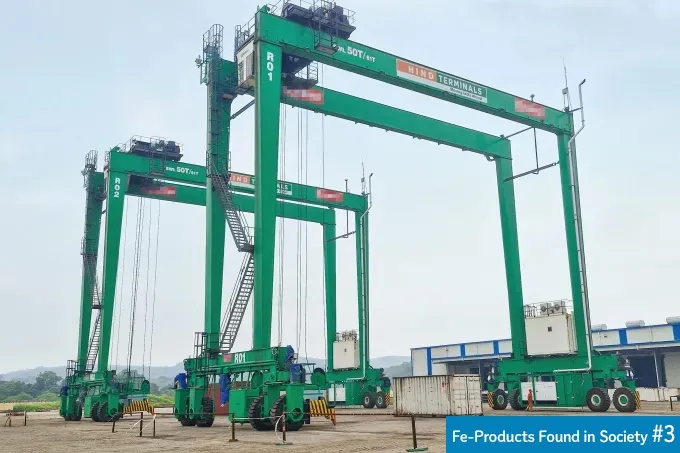
July 30,2025
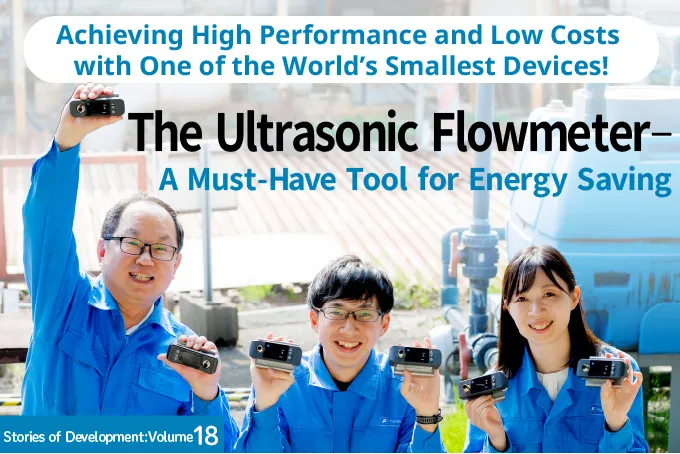
July 28,2025
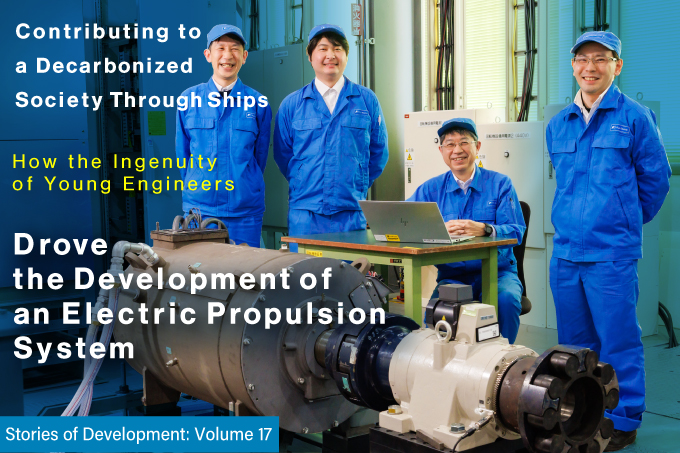
July 7,2025
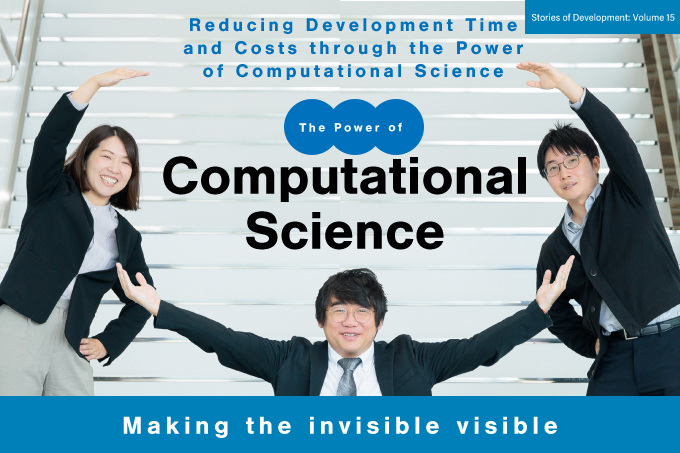
June 27,2025
